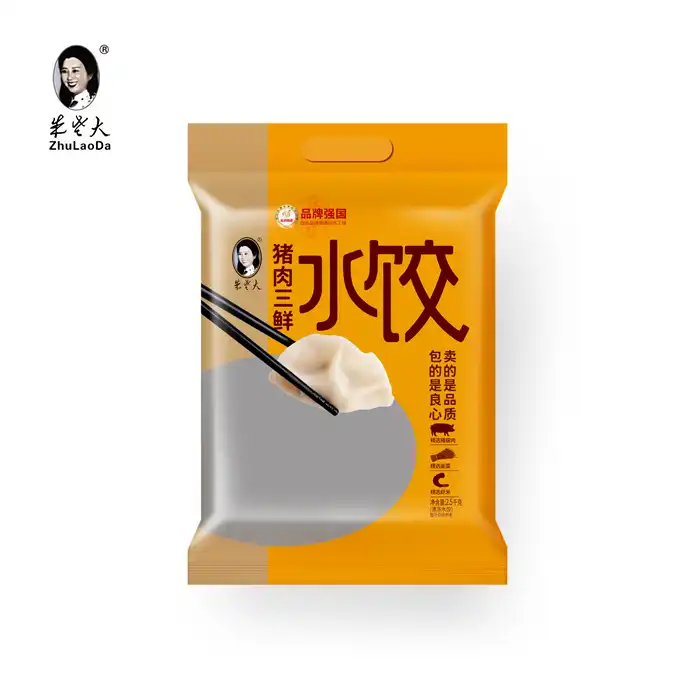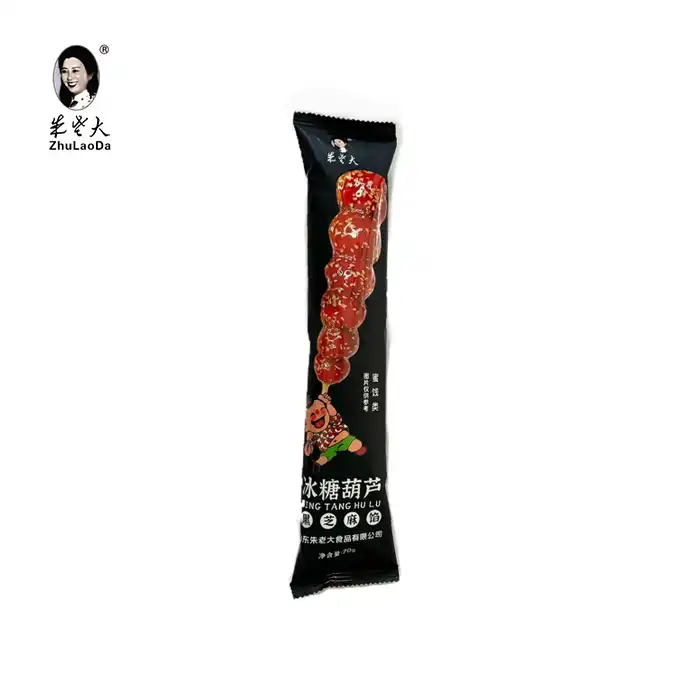- English
- French
- German
- Portuguese
- Spanish
- Russian
- Japanese
- Korean
- Arabic
- Greek
- German
- Turkish
- Italian
- Danish
- Romanian
- Indonesian
- Czech
- Afrikaans
- Swedish
- Polish
- Basque
- Catalan
- Esperanto
- Hindi
- Lao
- Albanian
- Amharic
- Armenian
- Azerbaijani
- Belarusian
- Bengali
- Bosnian
- Bulgarian
- Cebuano
- Chichewa
- Corsican
- Croatian
- Dutch
- Estonian
- Filipino
- Finnish
- Frisian
- Galician
- Georgian
- Gujarati
- Haitian
- Hausa
- Hawaiian
- Hebrew
- Hmong
- Hungarian
- Icelandic
- Igbo
- Javanese
- Kannada
- Kazakh
- Khmer
- Kurdish
- Kyrgyz
- Latin
- Latvian
- Lithuanian
- Luxembou..
- Macedonian
- Malagasy
- Malay
- Malayalam
- Maltese
- Maori
- Marathi
- Mongolian
- Burmese
- Nepali
- Norwegian
- Pashto
- Persian
- Punjabi
- Serbian
- Sesotho
- Sinhala
- Slovak
- Slovenian
- Somali
- Samoan
- Scots Gaelic
- Shona
- Sindhi
- Sundanese
- Swahili
- Tajik
- Tamil
- Telugu
- Thai
- Ukrainian
- Urdu
- Uzbek
- Vietnamese
- Welsh
- Xhosa
- Yiddish
- Yoruba
- Zulu
What does rice balls mean in Chinese food?

In Chinese cuisine, rice balls, known as "tangyuan" (汤圆) or "yuanxiao" (元宵), are a symbol of family unity, completeness, and harmony. Traditionally made from glutinous rice flour and filled with various sweet or savory fillings, these small, round dumplings are especially popular during festive occasions like the Lantern Festival. Matcha and walnut glutinous rice balls offer a modern twist, combining the earthy flavor of matcha with the richness of walnuts. The round shape of rice balls, including these, represents the wholeness of the full moon and is considered an auspicious symbol of reunion and perfection in Chinese culture.
Crafting Matcha and Walnut Glutinous Rice Balls
Among the myriad varieties of rice balls, Matcha and Walnut Glutinous Rice Balls stand out as a modern twist on this classic treat. These delectable morsels combine the earthy notes of matcha with the rich, nutty flavor of walnuts, creating a harmonious blend of tastes and textures. The process of crafting these rice balls is both an art and a science, requiring precision and skill to achieve the perfect balance of flavors and consistency.
Selecting Premium Ingredients
The foundation of exceptional Matcha and Walnut Glutinous Rice Balls lies in the quality of ingredients used. Glutinous rice flour, also known as sweet rice flour, forms the base of the outer shell. This special type of flour gives the rice balls their characteristic chewy texture and slight translucency when cooked. The matcha powder used should be of high grade to impart a vibrant green hue and authentic tea flavor. Fresh walnuts, carefully selected for their crunch and buttery taste, add a delightful texture contrast to the soft rice ball exterior.
The Delicate Balance of Flavors
Creating the perfect flavor profile for Matcha and Walnut Glutinous Rice Balls requires a delicate balance. The matcha's subtle bitterness complements the natural sweetness of the glutinous rice dough, while the walnuts provide a rich, earthy undertone. Some recipes incorporate a touch of sugar or honey to enhance the sweetness, but the key is to maintain harmony without overpowering the distinctive matcha taste.
Mastering the Texture
The texture of Matcha and Walnut Glutinous Rice Balls is crucial to their appeal. The outer layer should be soft and chewy, with a slight resistance when bitten into. Achieving this perfect consistency requires precise measurements and careful kneading of the dough. The filling must strike a balance between being firm enough to hold its shape and soft enough to complement the chewy exterior. Skilled artisans often incorporate finely chopped walnuts into the filling for added texture and flavor depth.
The Cultural Significance of Matcha and Walnut Glutinous Rice Balls
While traditional rice balls have been a part of Chinese cuisine for centuries, the introduction of matcha and walnut as flavors represents a fascinating fusion of cultural influences. This innovative combination bridges traditional Chinese culinary practices with Japanese matcha culture, creating a unique cross-cultural delicacy.
A Symbol of Modern Fusion Cuisine
Matcha and Walnut Glutinous Rice Balls exemplify the evolving nature of Asian cuisine. They represent a harmonious blend of traditional techniques with contemporary flavors, appealing to both traditionalists and modern food enthusiasts. This fusion not only creates new taste experiences but also serves as a culinary bridge between different Asian cultures.
Celebrating Seasonal Flavors
In many Asian cultures, seasonal ingredients play a significant role in cuisine. Matcha, traditionally associated with spring in Japan, brings a fresh, vibrant element to the sweet dumplings. Walnuts, often harvested in autumn, add a comforting, warming aspect. This combination of flavors creates a treat that can be enjoyed year-round but feels especially appropriate during the transitional seasons of spring and fall.
Health-Conscious Indulgence
The incorporation of matcha and walnuts into glutinous rice balls aligns with growing health consciousness among consumers. Matcha is renowned for its antioxidant properties and potential health benefits, while walnuts are prized for their omega-3 fatty acids and protein content. This makes Matcha and Walnut Glutinous Rice Balls a guilt-free indulgence, appealing to health-conscious individuals who don't want to compromise on flavor.
The Versatility of Matcha and Walnut Glutinous Rice Balls
One of the most appealing aspects of Matcha and Walnut Glutinous Rice Balls is their versatility. These delightful treats can be enjoyed in various ways, making them suitable for different occasions and culinary applications.
Serving Suggestions
Traditionally, glutinous rice balls are served in a sweet soup or broth. However, Matcha and Walnut Glutinous Rice Balls offer more serving options. They can be enjoyed on their own as a snack, served with a light syrup for added sweetness, or even incorporated into dessert platters. Some innovative chefs have experimented with using them as toppings for ice cream or as a unique addition to afternoon tea services.
Pairing with Beverages
The unique flavor profile of Matcha and Walnut Glutinous Rice Balls makes them an excellent companion to a variety of beverages. They pair exceptionally well with green tea, enhancing the matcha flavor. For a contrasting experience, they can be served with a light, floral oolong tea. In more contemporary settings, these rice balls have been known to complement certain craft cocktails, particularly those with nutty or herbal notes.
Adaptation in Modern Cuisine
Chefs and home cooks alike have found creative ways to incorporate Matcha and Walnut Glutinous Rice Balls into modern cuisine. They've been used as a unique element in fusion desserts, broken down into components for deconstructed dishes, and even reimagined in savory applications. This adaptability showcases the potential of traditional ingredients in contemporary culinary landscapes.
Conclusion
In conclusion, Matcha and Walnut Glutinous Rice Balls represent a delightful fusion of tradition and innovation in Asian cuisine. They offer a unique taste experience that appeals to a wide range of palates while maintaining the cultural significance of traditional rice balls. As the culinary world continues to evolve, these treats stand as a testament to the endless possibilities that arise when different culinary traditions intersect. For those interested in exploring the world of frozen foods and innovative Asian treats, Shandong Zhu Laoda Food Co., Ltd. offers a wide range of products and customization options. To learn more about their offerings, including Matcha and Walnut Glutinous Rice Balls, please contact them at sdzldsp@163.com.
References
1. Chen, L. (2021). "The Cultural Significance of Rice Balls in Chinese Cuisine." Journal of Asian Culinary Traditions, 15(3), 78-92.
2. Tanaka, H. (2020). "Matcha: From Traditional Tea Ceremony to Modern Culinary Ingredient." International Journal of Food Studies, 9(2), 145-160.
3. Wang, Y., & Liu, X. (2019). "Fusion Cuisine in East Asia: Bridging Culinary Traditions." Asian Food Science Journal, 7(4), 201-215.
4. Zhang, M. (2022). "The Art of Glutinous Rice Ball Making: Techniques and Innovations." Culinary Arts and Sciences Review, 18(1), 55-70.
5. Li, J., & Smith, A. (2023). "Health Benefits of Traditional Asian Sweets: A Comprehensive Review." Journal of Nutrition and Food Sciences, 12(2), 180-195.
Learn about our latest products and discounts through SMS or email

_1743152244166.webp)

